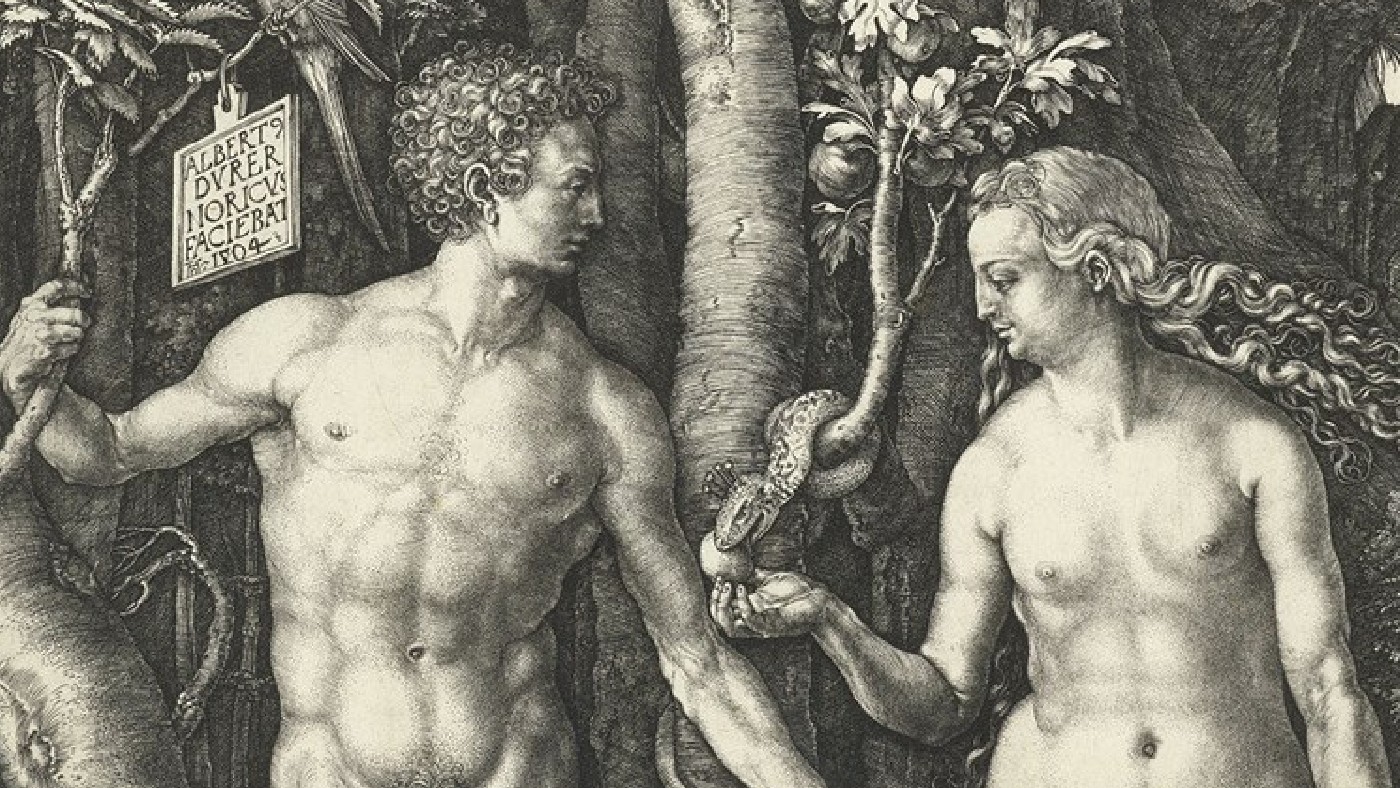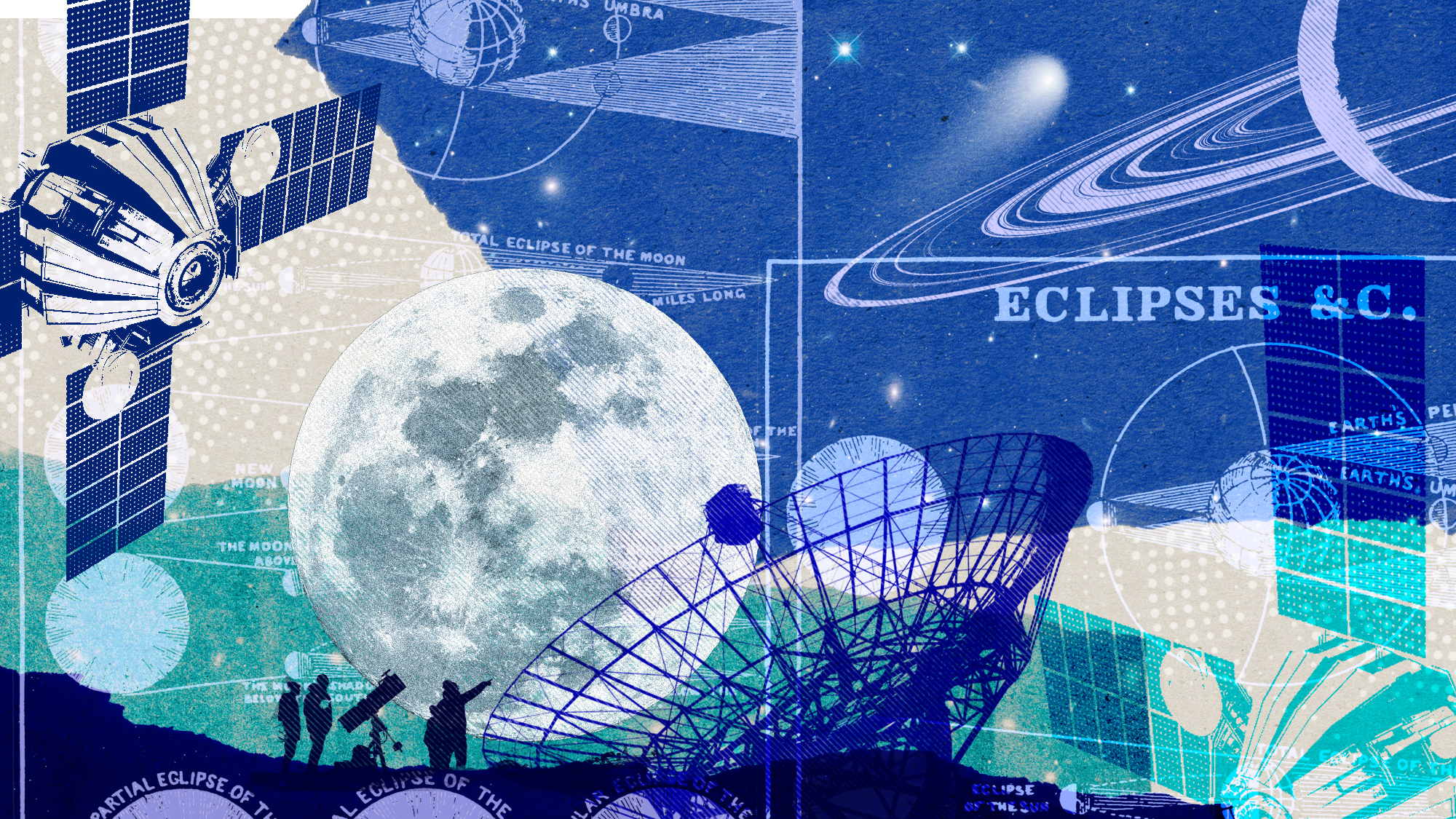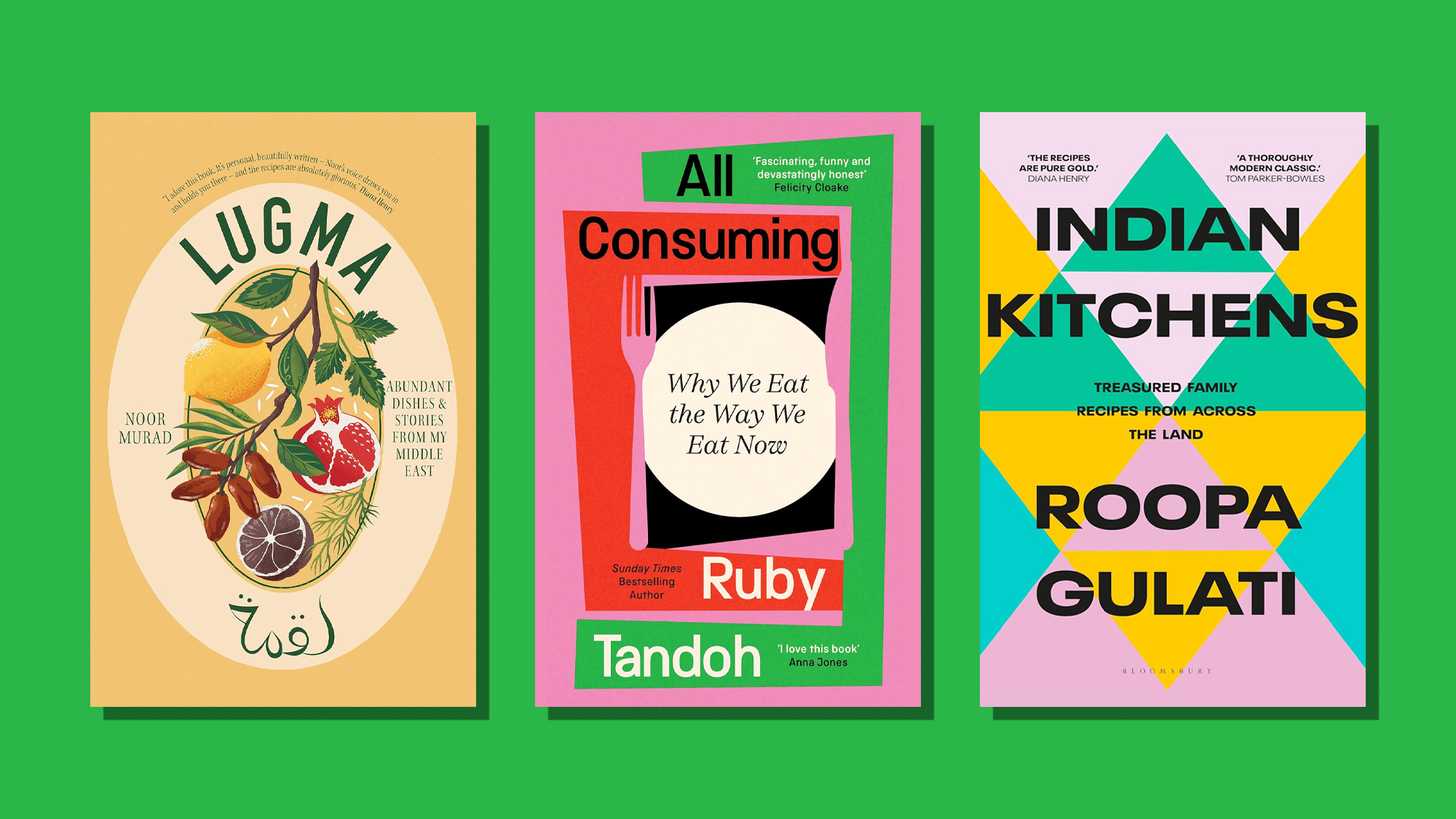Dürer’s Journeys at the National Gallery – what the critics are saying
To call this major new show ‘baffling’ would be an understatement

Albrecht Dürer (1471-1528) had a “high opinion of himself”, said Alastair Sooke in The Daily Telegraph. This was, after all, an artist who at the age of 28 depicted himself as Christ in a marvellous self-portrait that reeks of “preening, perfumed self-regard”.
Yet his “arrogance” was well-justified. Dürer was a genuine “Renaissance man”: one of history’s most virtuosic painters as well as an exquisite draughtsman, and a pioneering printmaker whose efforts in the medium did much to transform the way art was disseminated.
He was a polymath and, unusually for the era, also an inveterate traveller who made a number of “significant” journeys across Germany, Italy and Flanders, sketching the people, animals and sights he encountered, while recording his observations in his journals.
The Week
Escape your echo chamber. Get the facts behind the news, plus analysis from multiple perspectives.

Sign up for The Week's Free Newsletters
From our morning news briefing to a weekly Good News Newsletter, get the best of The Week delivered directly to your inbox.
From our morning news briefing to a weekly Good News Newsletter, get the best of The Week delivered directly to your inbox.
His adventures are the subject of this “excellent” new show, the first major Dürer exhibition to be held in Britain for nearly 20 years. It brings together a selection of Dürer’s paintings, prints, drawings and writings, as well as a number of thrilling works by his artistic contemporaries, revealing how his exposure to foreign culture allowed him to create a remarkable synthesis of styles from northern and southern Europe, while also making his own presence felt far from his native Nuremberg. It’s a “clever, engaging” approach to an artist whose images “retain their power to astonish”.

Dürer was nothing if not “intrepid”, said Laura Cumming in The Observer. He twice made the journey across the Alps “in treacherous conditions, staying in icy mountain shelters”; he lived in Venice during a cholera outbreak, and narrowly survived a storm at sea when he travelled to see a beached whale in Zeeland.
Along the way, he recorded some truly “astonishing sights”: “soaring comets”, “fantastical castles”, a hoard of Aztec gold brought back to Brussels by conquistadors. Yet inexplicably, little of this features in the exhibition. To call it “baffling” would be an understatement. The show begins with two works that are not even by Dürer, and only gets more confusing.
For every marvel we do see – his print of Saint Jerome and an anatomically incorrect lion; the astonishing Melencolia I, in which a “morose angel” cradles her head amidst a “clutter of allegorical symbols” – there is a lesser work by another artist. The show offers “no clear chronology”, “barely any discernible narrative”, and no climax.
A free daily email with the biggest news stories of the day – and the best features from TheWeek.com

Indeed, the whole thing feels disappointingly dry. In some ways, the exhibition’s unsensational tone is commendable, said Jonathan Jones in The Guardian. The absence of patronising wall texts is a mercy, and “traditionalists” will applaud its “no-nonsense dive into art history”.
You notice countless details Dürer gleaned from his travels: he depicts the Whore of Babylon as “an actual Venetian sex worker” in a 1498 woodcut, while The Sea Monster imbues Ovid’s telling of Europa and the Bull as a scene from “northern forest folklore”, reflecting his ingenious melding of Germanic and Italian traditions.
Ultimately, though, this “sedate plod” fails “to take you to the heart of Dürer”. You get no sense of what life was like in his time; the “freshness and immediacy” of the artist’s own diaries are nowhere to be found. This “sedate plod” of a show “even made me doubt my adoration of his art”.
National Gallery, London WC2 (nationalgallery.org.uk). Until 27 February
-
 Environment breakthroughs of 2025
Environment breakthroughs of 2025In Depth Progress was made this year on carbon dioxide tracking, food waste upcycling, sodium batteries, microplastic monitoring and green concrete
-
 The biggest astronomy stories of 2025
The biggest astronomy stories of 2025In the spotlight From moons, to comets, to pop stars in orbit
-
 The 8 best comedy movies of 2025
The 8 best comedy movies of 2025the week recommends Filmmakers find laughs in both familiar set-ups and hopeless places
-
 The best food books of 2025
The best food books of 2025The Week Recommends From mouthwatering recipes to insightful essays, these colourful books will both inspire and entertain
-
 Art that made the news in 2025
Art that made the news in 2025The Explainer From a short-lived Banksy mural to an Egyptian statue dating back three millennia
-
 Nine best TV shows of the year
Nine best TV shows of the yearThe Week Recommends From Adolescence to Amandaland
-
 Winter holidays in the snow and sun
Winter holidays in the snow and sunThe Week Recommends Escape the dark, cold days with the perfect getaway
-
 The best homes of the year
The best homes of the yearFeature Featuring a former helicopter engine repair workshop in Washington, D.C. and high-rise living in San Francisco
-
 Critics’ choice: The year’s top 10 movies
Critics’ choice: The year’s top 10 moviesFeature ‘One Battle After Another’ and ‘It Was Just an Accident’ stand out
-
 A luxury walking tour in Western Australia
A luxury walking tour in Western AustraliaThe Week Recommends Walk through an ‘ancient forest’ and listen to the ‘gentle hushing’ of the upper canopy
-
 Joanna Trollope: novelist who had a No. 1 bestseller with The Rector’s Wife
Joanna Trollope: novelist who had a No. 1 bestseller with The Rector’s WifeIn the Spotlight Trollope found fame with intelligent novels about the dramas and dilemmas of modern women